The Inspiring Resilience of Glenda Mendez
March 15, 2019
Every year thousands of migrants try to make it across this country’s Southern border in hope of a better life. In 2016, 15 soñadores embarked on a long and tedious journey, praying to reach El Norte alive. One of those 15 was Glenda Mendez. Mendez is a 19-year-old English learner senior. She works at a local gas station, studies as much as her time affords her, and is a member of Link Crew.
Link Crew here at SRHS organizes inclusive activities with freshman during some advisories. Mendez always has a perfectly organized action plan in order to give clear instruction. Even though she was the most prepared and eager to teach the freshman, I would end up reading her action plan.
Finally, after about three visits, I told her that I was not going to instruct the freshman today. I knew Mendez had to do it in order for her to realize her true potential. She gave me a frightened look, but I knew she was capable of doing it.
Her voice grew stronger and stronger as she read the directions and explained the point of the activity. When she was finished, she let out a huge sigh and nervously asked me if she had done okay. I told her she did great and we began working with the freshman.
After the activity was over we went back to our classrooms. Mendez met up with her friend Dora Tobar, a SRHS junior . Tobar asked if she had finally read out loud, Mendez was now able to say yes. Tobar was surprised and extremely happy for her. Mendez said that she felt like she did very well, Tobar congratulated her and they both went on giggling about their day.
This was the moment in which I realized how much Glenda Mendez cares about getting things done in the most productive and influential way with her freshman.
Mendez’s journey to the United States began when she was 16-years-old. She set out alone with only one other female and 13 other males. Mendez parted from her sister, two brothers, and both parents back in Guatemala but still keeps them in her heart every day. Everything she works tirelessly for is for them. She hopes to be her siblings’ example that there is hope for people like them: stuck in a violent and poverty-stricken country.
She explains that the government gives no resources to the types of towns in which she grew up. Mendez didn’t want to end up like her cousins who worked hard in order to go to school, yet they ended up with no job or career path after graduation.
Mendez is from a small pueblo called San Juan Ostuncalco in Guatemala. She did not speak English and knew very little Spanish upon arriving in the United States. Glenda’s first language was the dialect Ma’m, an ancient Mayan language that is spoken by about 500,000 other Guatemalans. The culturally rich indigenous populations in Latin America have always been deprived of their basic human rights and resources that are vital for survival. In Guatemala (especially from 1960 to 1996), 200,000 of the Mayan people were systematically terminated by the Guatemalan military.
Mendez knows nothing about the Mayan genocide in Guatemala because the schools do not teach it and her parents never speak about it.
As she began to tell the story of her journey I recognized her shy and nervous smile. Mendez is very quiet and speaks softly. When you look into her pitch-black eyes you can see the struggle she goes through day by day without her family. Mendez works at a gas station, before and after school. She works extraordinarily hard in school so she can recover enough credits to graduate. When you look into her eyes, you can feel the exhaustion she treads through every day.
Yet, you can’t deny her strong and prideful demeanor as described by one of her teachers, Ms. Padayachee. Glenda is said to have an “innate power” in her soul and have an unbreakable internal strength that has gotten her to where she is now.
It took Mendez four months to reach the US, beginning with the life-threatening journey into Mexico. They walked through jungles and hid in buses in order to travel north into Mexico. Entering the Southern part of Mexico she was separated from the only other female in the group, Mendez was now the only one.
It took her a week to reach the “Rio Bravo.” Due to the drug wars in Mexico, the infamous cartel Los Zetas and the federal police of Tamaulipas (a Mexican state) were in the midst of hazardous disagreement. Mendez and the other men had to stay in a small house for 15 days until things settled.
Mendez’s strength is seen as she goes on with her story. She was the only female in the house. Glenda and the others were stuck with no food or water. Alone, hungry, and an indescribable level of fear is what she felt through those 15 days. Mendez said that she would go through it all again so that her family members, especially her 16-year-old sister, would never have to go through it.
After those terrible 15 days, when the cartels and police reached an agreement, her and the other men attempted to cross the Rio Bravo. It took Glenda four tries until she finally made it across.
When Mendez got to the other side, the journey was not over. They walked for two days and one night through the desert. They were ambushed by U.S immigration officers. At this part of the story, Glenda’s nervous little smile turned into an anxious expression. She seemed ashamed and embarrassed as she began to describe how the officers treated her.
They began by simply and carelessly telling her to go back to wherever she came from “before something worse happens.” They proceeded to make her take off her shoes. Then, they disposed of all her belongings in the middle of the desert. Next, they constrained her into handcuffs and held her in a car called “la hielera” or “the cooler” for the entire night. That morning, they threw her in what Mendez described as a jail cell for eight hours. This place is known as “la perrera” (a place where they keep dogs).
After those humiliating eight hours, she was transferred from one home to another all around Texas for 3 months until they were finished “investigating” who she was. Finally, after 3 months, she was sent to Marin where she continues to stay with her very supportive uncle and aunt.
Many teachers and I consider Mendez to be a resilient and powerful young woman who is extremely compassionate for others. Everything she went through and is going through is worth it for her because she is helping her family and fulfilling her American Dream.
She is here to not only make a change within the SRHS community but to make a change within herself too. She pushes herself to be better so that she’ll be able to make a change. What she doesn’t realize is how much of a powerful role model she already is to many of the newcomers and even non-newcomer students here at SRHS.
Just about two weeks ago SRHS had the opportunity to hear Mendez’s story as well as the stories of two other immigrant students. This was through an informative event on immigration organized by the Link Crew class. “I do this all to help my family back in Guatemala and get a better education,” explained Mendez after talking about her job at the gas station and as a student.
Mendez’s next step is to further her education and go to a university. From there she will become a nurse.
Many students at SRHS that come from Central America (Guatemala, especially) don’t know Spanish or English. They feel ashamed of their native tongue, but Mendez is a role model for all these students. She wears, speaks, and defends her culture with all her heart because that makes up who she is. With this pride, she works harder than anyone I know to reach her goals.

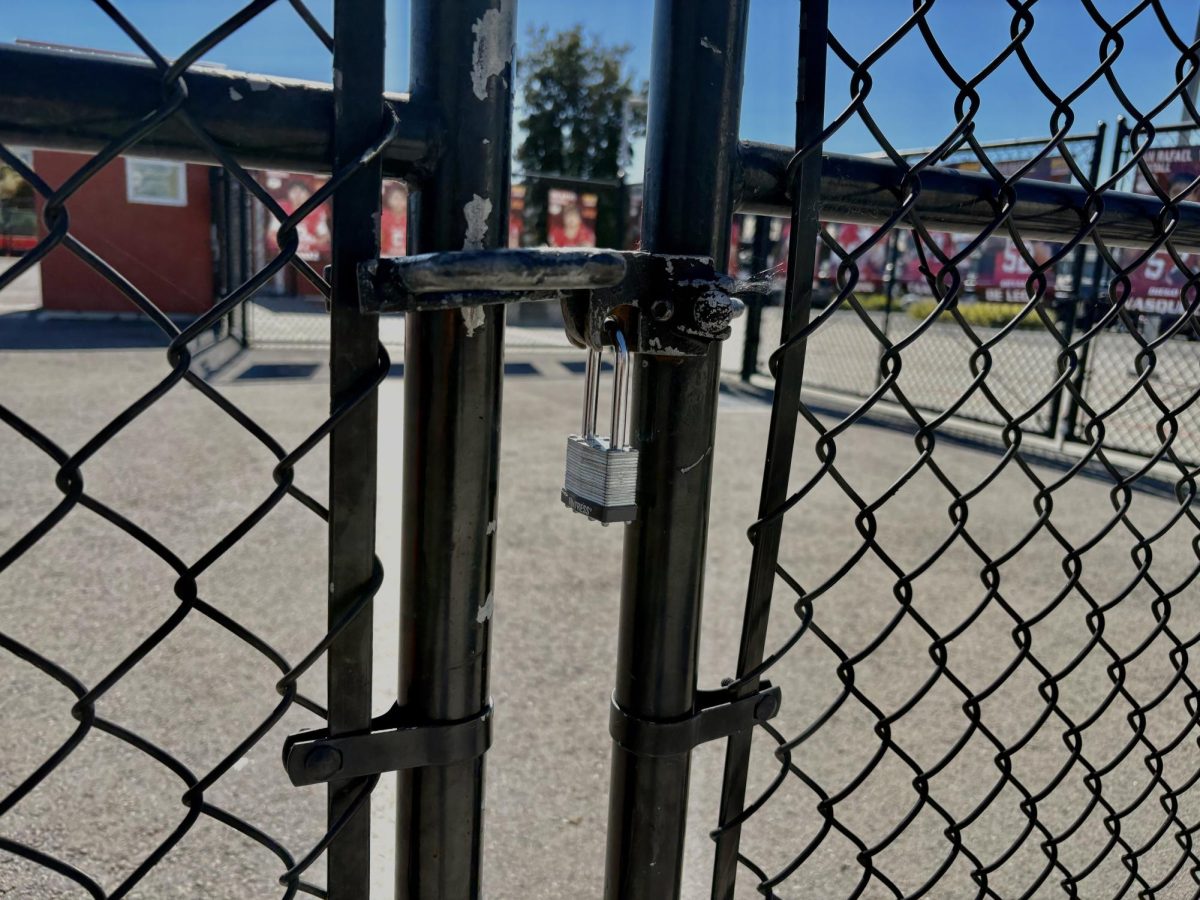
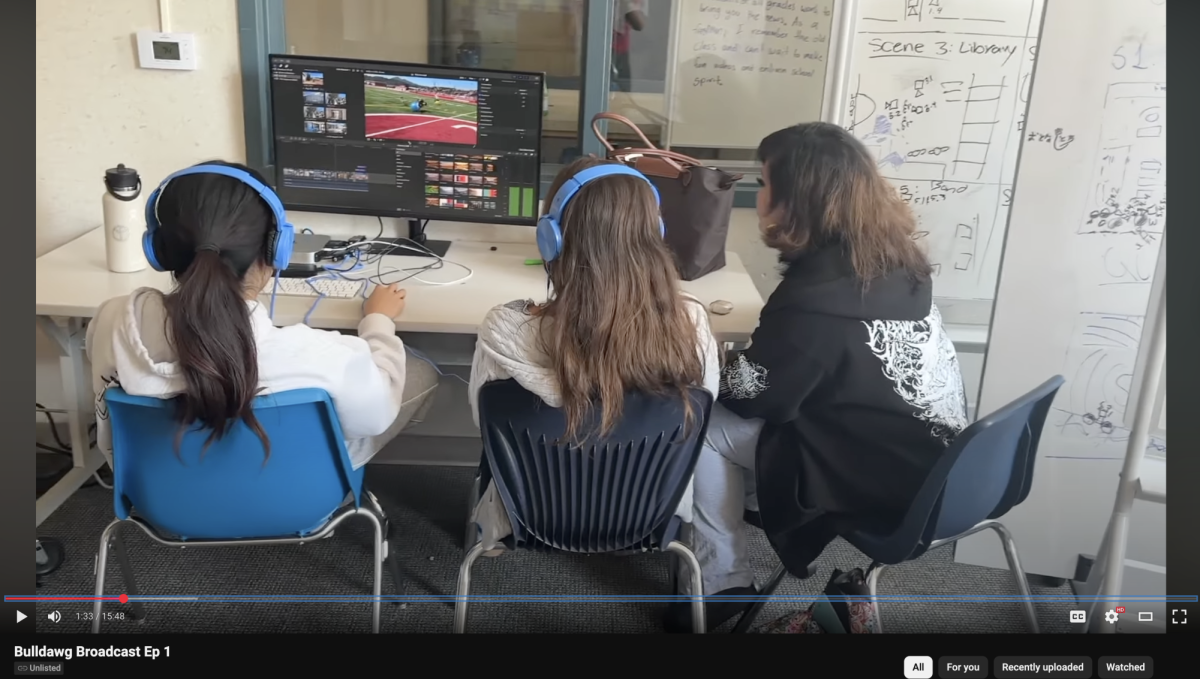
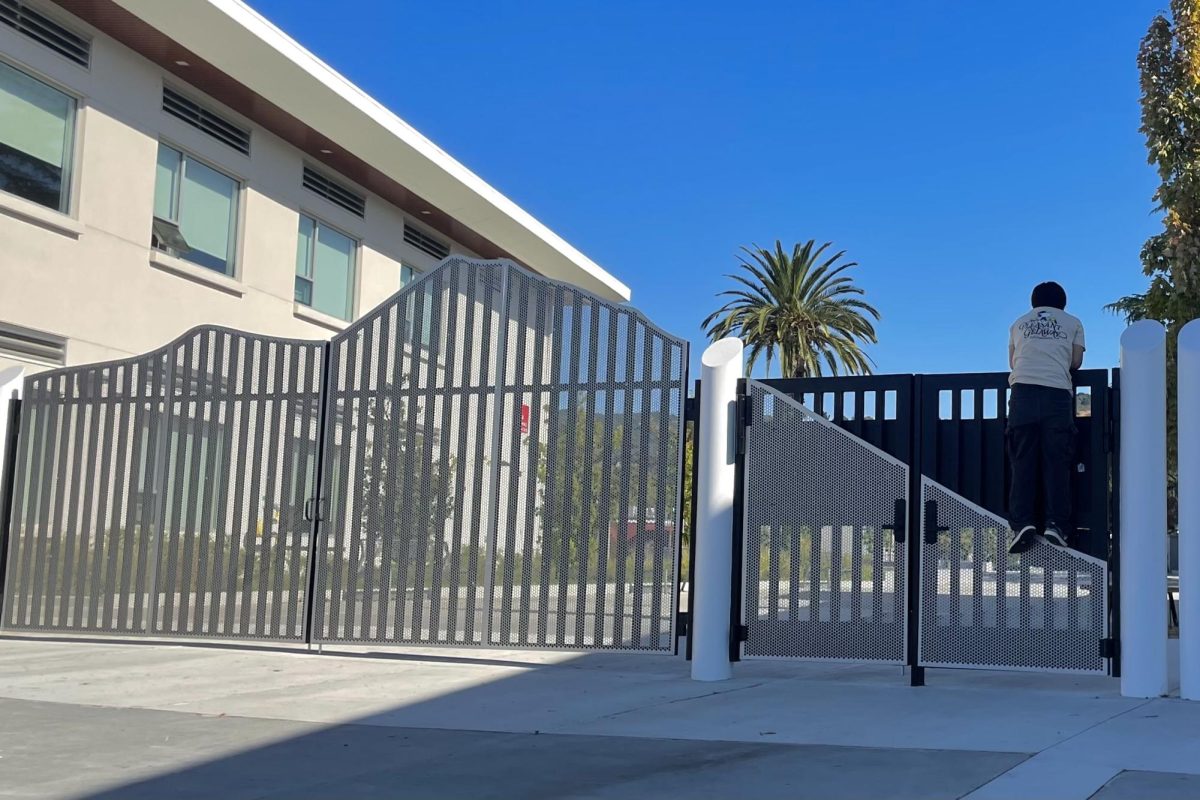
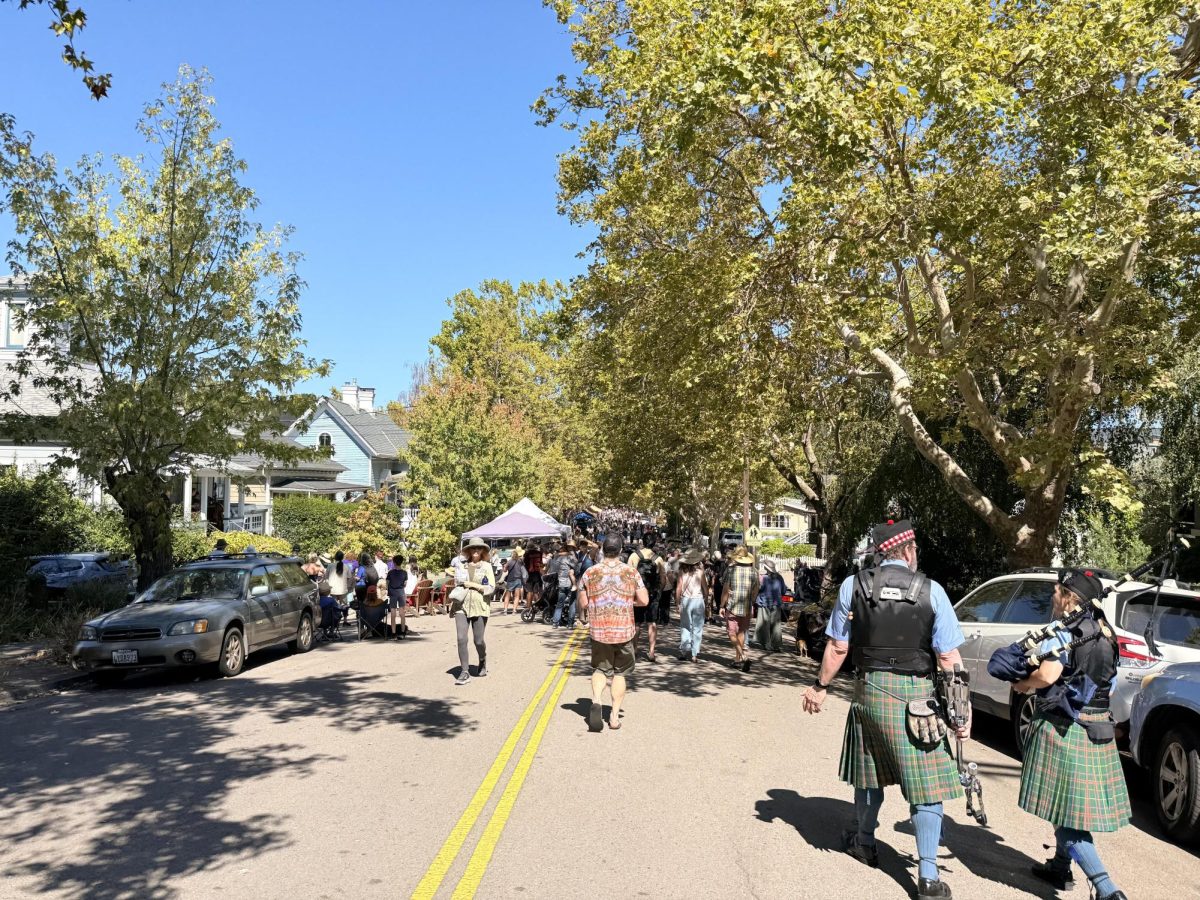














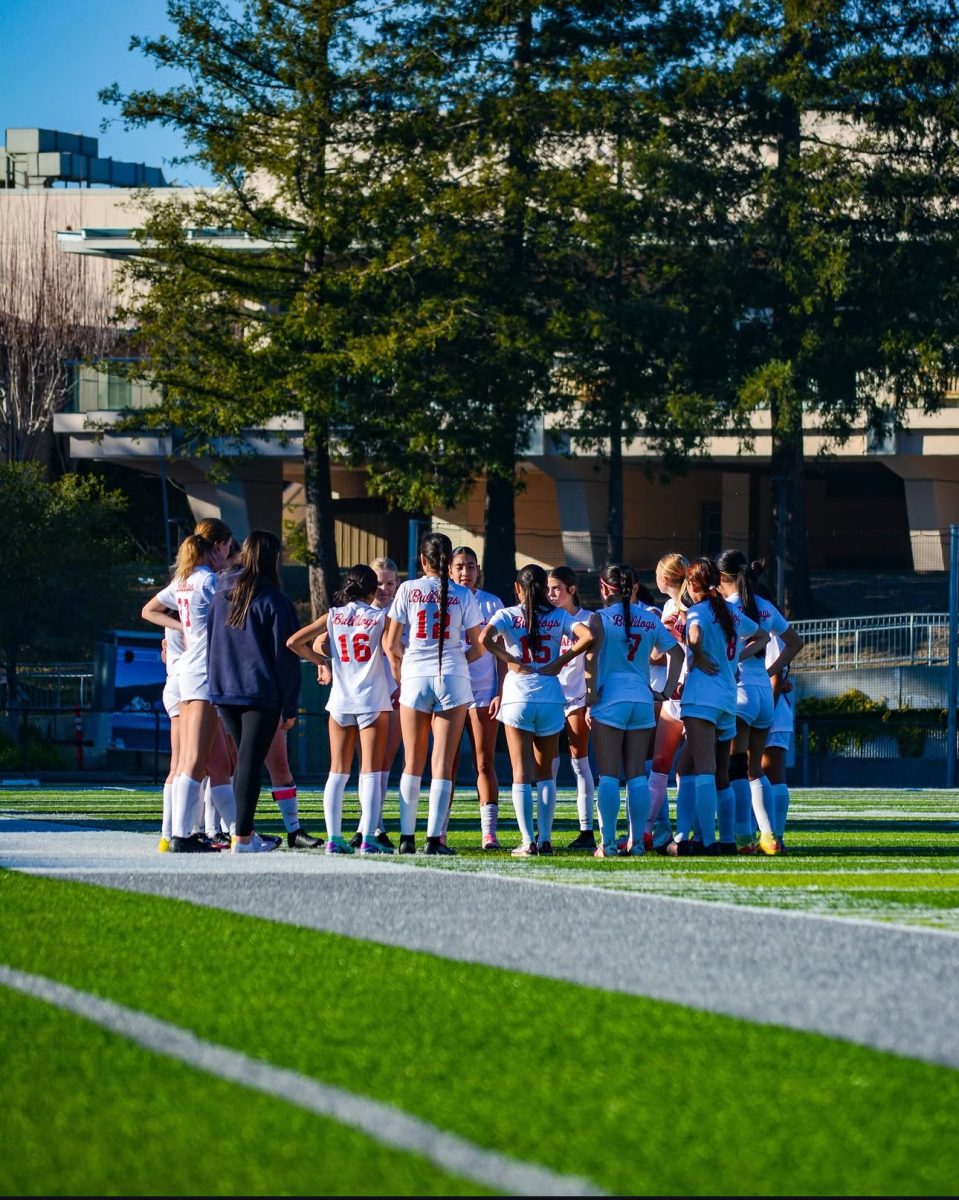


















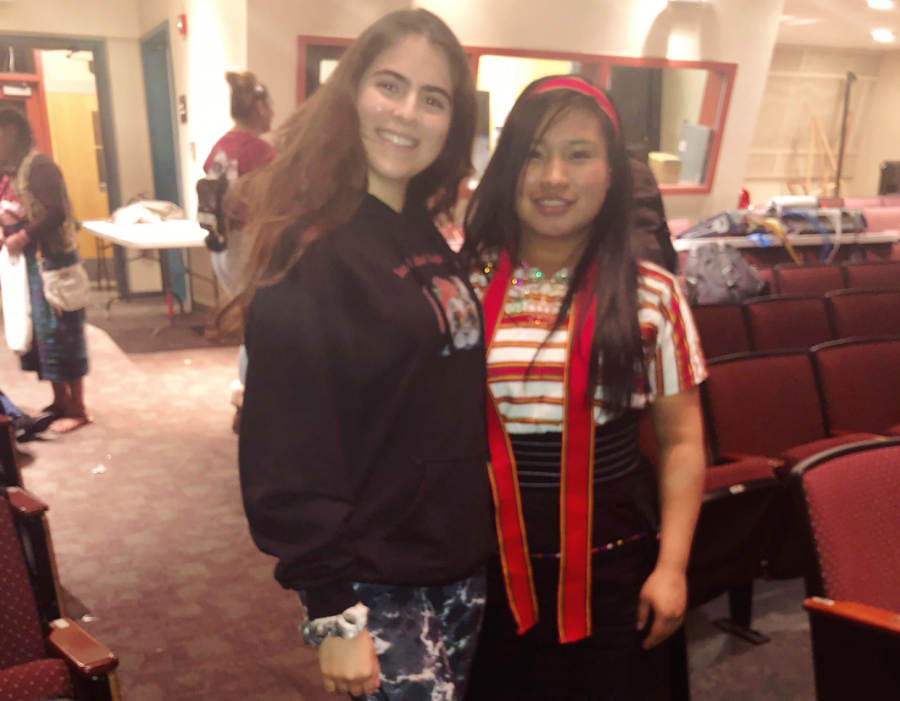
Linda Petek • Dec 23, 2020 at 3:10 pm
Such an inspiring story about Ms. Mendez. Such a tragedy to have lost this amazing young woman at her age. Sending sincerest condolences to her family and loved ones.